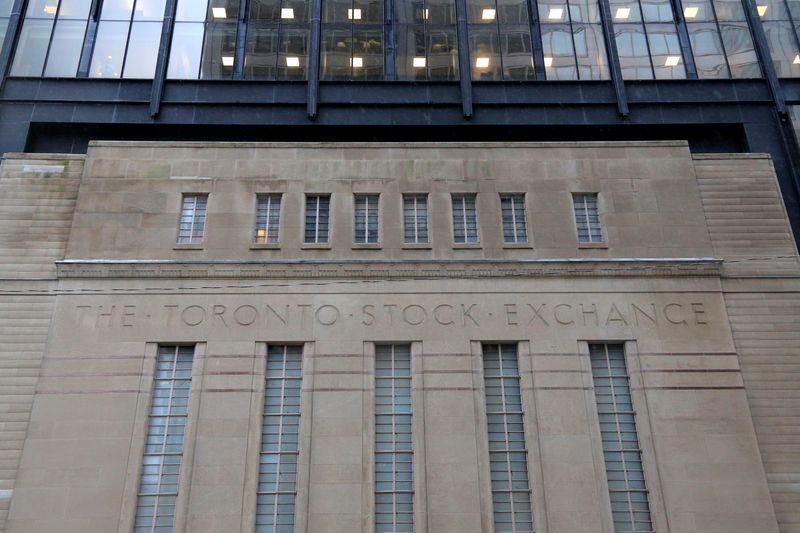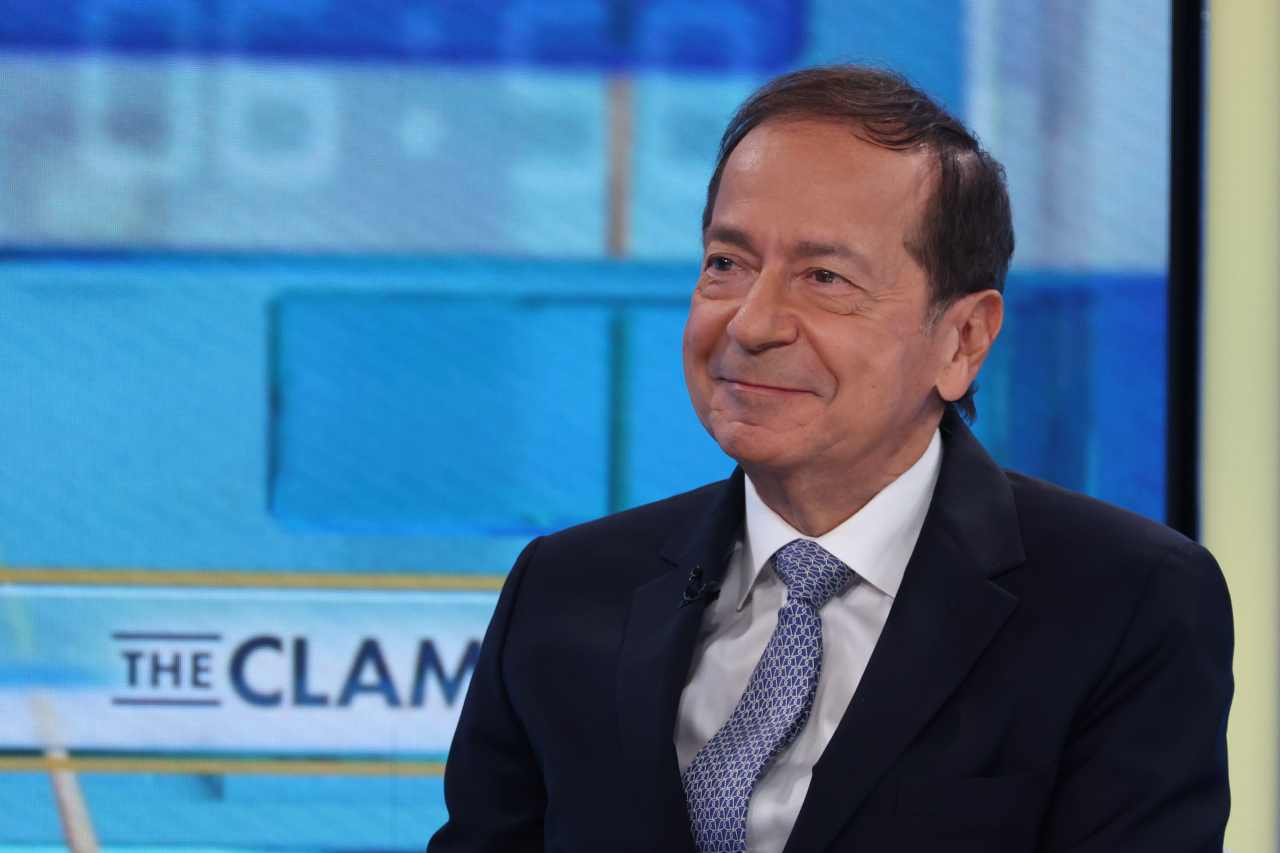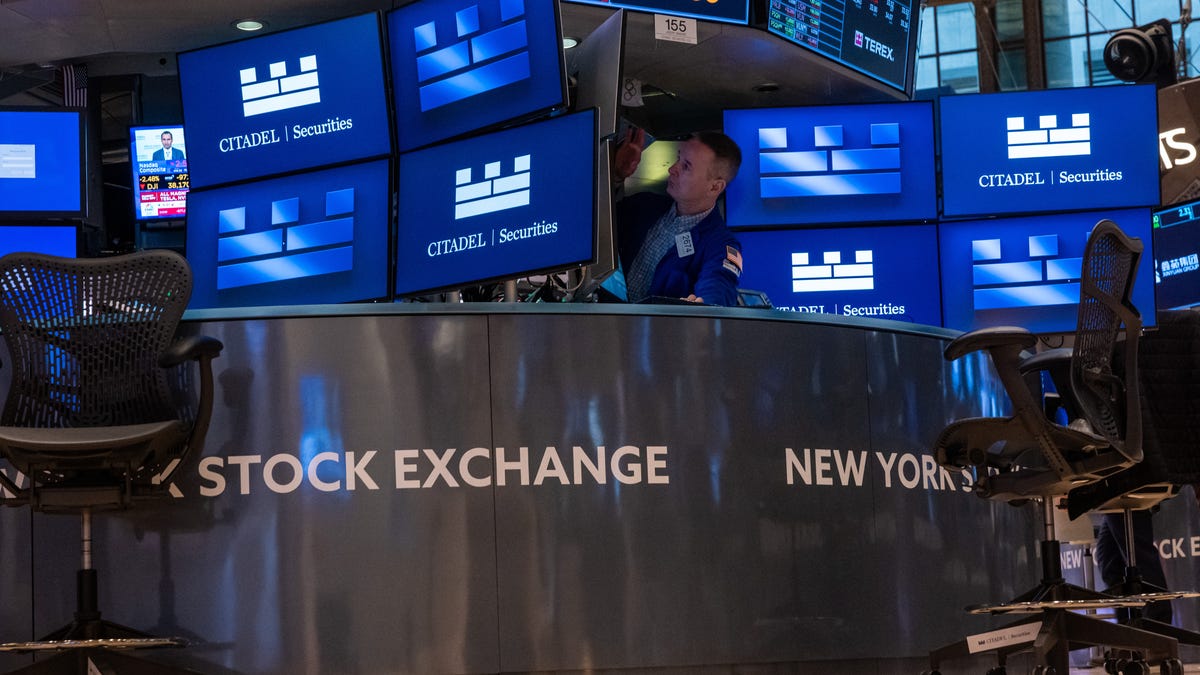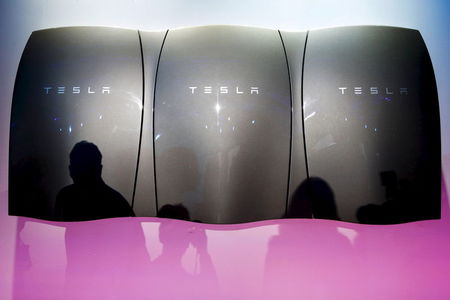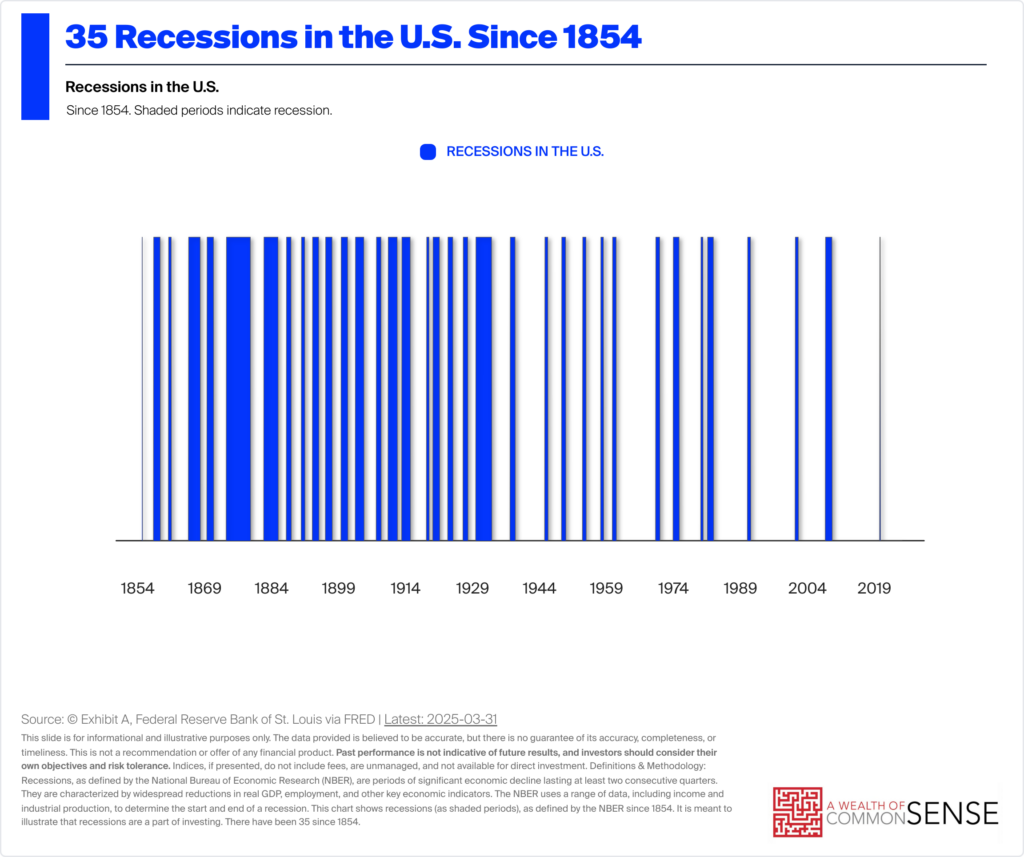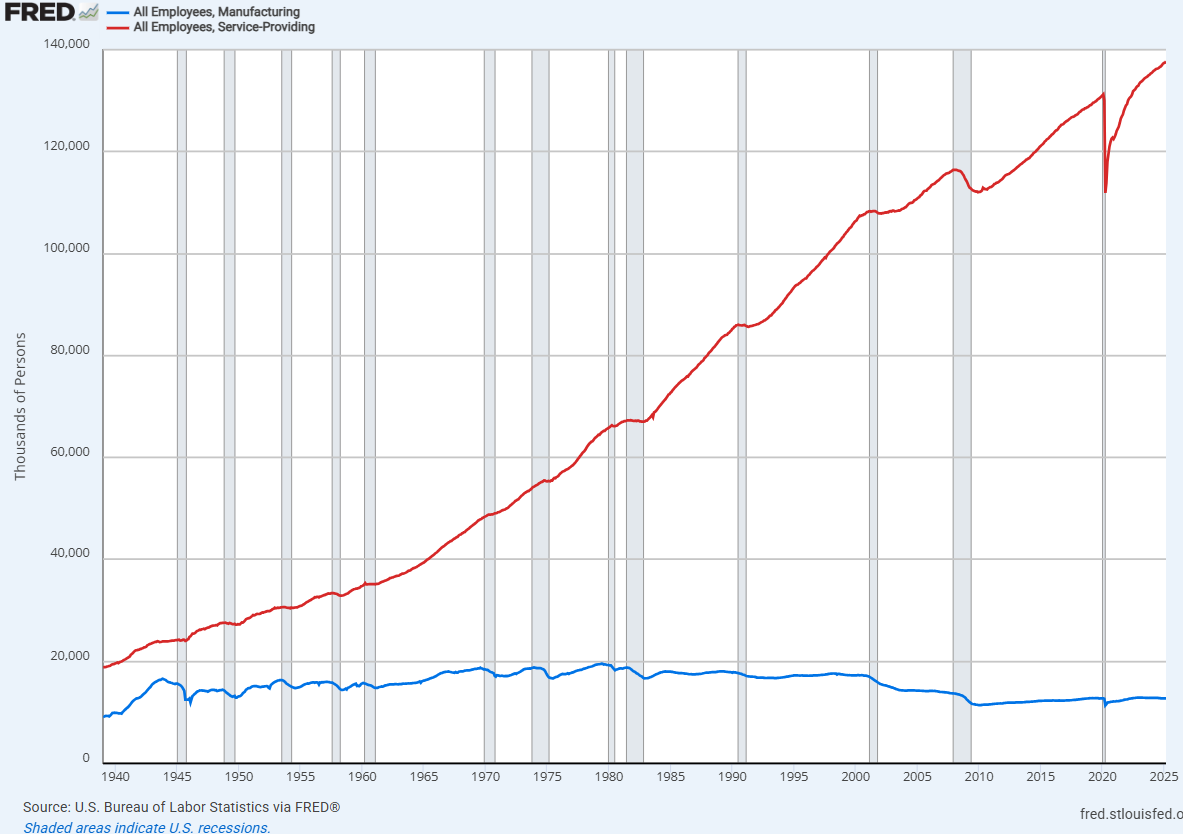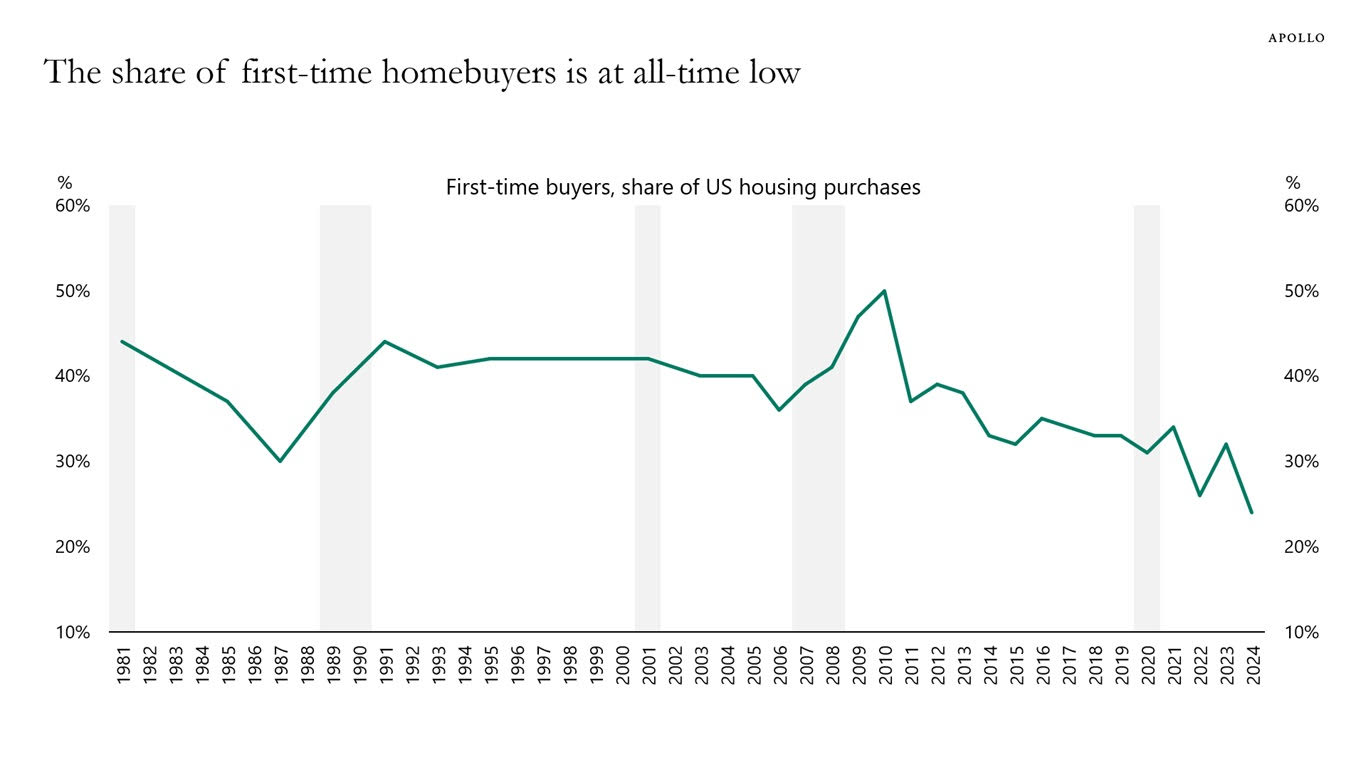Is $10 Million the New Baseline for a Care-Free Retirement in America?
Traditionally, achieving millionaire status was considered to be wealthy, and many people felt that if they had $1 million, they’d be in really good shape to retire. Today, however, we know that a million-dollar nest egg isn’t really enough for most people to have financial security as a senior. At a safe 3.7% withdrawal […] The post Is $10 Million the New Baseline for a Care-Free Retirement in America? appeared first on 24/7 Wall St..

Key Points
-
Many people aim for a $10 million nest egg, especially those in the FIRE movement.
-
A $10 million investment account would produce around $370K a year at a safe withdrawal rate.
-
Whether that’s enough to live on depends on when you are retiring, as well as other key financial factors.
-
Are you ahead, or behind on retirement? SmartAsset’s free tool can match you with a financial advisor in minutes to help you answer that today. Each advisor has been carefully vetted, and must act in your best interests. Don’t waste another minute; get started by clicking here. (Sponsor)
Traditionally, achieving millionaire status was considered to be wealthy, and many people felt that if they had $1 million, they’d be in really good shape to retire.
Today, however, we know that a million-dollar nest egg isn’t really enough for most people to have financial security as a senior. At a safe 3.7% withdrawal rate, a nest egg of $1 million would provide only $37K to live on — which isn’t exactly going to buy a care-free retirement even with Social Security to supplement it.
So, what is the new magic number? Is $10 million the new baseline to have a retirement free of financial worries? It’s a number many people who are part of the Financial Independence, Retire Early (FIRE) movement shoot for, but is it a good target?
Will $10 million provide a care-free retirement?
When you’re searching for retirement security, the key number that you must look at is the income your investments can produce at a safe withdrawal rate. The withdrawal rate is the rate at which you take funds out of your investment accounts. You don’t want to take money out too soon or too fast. Otherwise, you’d risk not having enough invested to continue earning returns and to keep your account from dwindling to $0.
As mentioned above, a withdrawal rate of 3.7% is typically considered to be a pretty safe one. Experts used to recommend a 4% withdrawal rate, or taking 4% out of your investments in the first year of retirement and then simply making upward adjustments based on inflation rates. However, since projections of future returns are less optimistic and since life spans have gotten longer, the new safe number has been set at 3.7% by those who’ve studied the issue.
If you follow this guideline and you have $10 million invested, your account would provide $370K in income. Of course, you’d have to take taxes into account, so you couldn’t necessarily spend that much — but you’d still have a fairly decent amount of money coming in, especially if you were also collecting Social Security benefits as well.
So, to determine if $10 million would provide a care-free retirement, you have to decide if having $370K in retirement money is going to be enough to make you feel financially secure.
Don’t forget about the impact of inflation
Many people reading this are probably thinking that it’s pretty obvious that $370,000 will be plenty of money to live on. However, you have to take the effects of inflation into account. Don’t forget that $370k is not going to have nearly as much buying power in the future.
So, while $10 million might be plenty of money right now if you’re retiring tomorrow, things could be different if you are setting a $10 million goal for your retirement in 20 years. You need to think about how the buying power of your money is going to decline as prices increase over the years, as they always do.
Unfortunately, inflation surged in the post-pandemic era, giving everyone a wake-up call about just how much price increases can throw your budget out of whack. You’ll want to ensure you have enough money saved to cover future costs at the high prices of tomorrow — and that you have invested your $10 million in the right kind of assets so your returns don’t just keep pace wiith inflation but ideally so you can grow your balance over and above inflation to avoid having your money lose buying power.
Be prepared for health care and long-term care insurance
Inflation isn’t the only thing you need to think about when trying to determine if $10 million will give you enough for a carefree retirement. There are also some big non-optional expenses that you may need to cover out of this money, and that you need to be prepared for. Specifically, this includes the cost of long-term care, and it also includes the cost of healthcare in retirement.
Fidelity Research estimated that someone turning 65 in 2024 would need around $165,000 for healthcare in retirement. That’s out-of-pocket spending that Medicare doesn’t cover. Since healthcare costs tend to increase at a rate faster than inflation, those who are a long way from retirement can expect to face even higher bills by the time they are ready to leave the workforce.
Long-term care is even more expensive, with Genworth’s Cost of Care survey revealing that the average cost of a private room in a nursing home is around $127k in 2024. That’s a per-year cost. Given that there’s a 7 in 10 chance of needing long-term care after you have turned 65, you need to be prepared for this expense as well. Buying long-term care insurance is one way to prepare, but you have to plan for that in advance, and it doesn’t always cover the kind of care you’d prefer — so you may still need a lot of money out of pocket.
Consider your local cost of living and lifestyle habits
Your local cost of living can also impact whether a nest egg of $10 million is enough. For some people, a future income of $370,000 will be plenty, even once you factor in inflation, healthcare, and long-term care. If you live in a cheap part of the country and tend to be pretty frugal, you might be fine.
However, in expensive parts of the country, you need a lot more money to cover the basics, including food, housing, income taxes, property taxes, and utilities. You don’t want to be struggling because the bulk of your income goes to those bills. That’s especially true if you don’t have a paid-off house in retirement, which is the case for a growing number of people who move often or who refinance their house several times throughout their working life.
Your lifestyle matters too, of course. If you want to spend a lot of money traveling and engaging in expensive hobbies, this has to be taken into account, and you may discover that $370K doesn’t go nearly as far as you might expect.
What legacy do you want to leave?

Lastly, it’s important to think about the legacy that you want to leave behind. Sure, you could spend every last dime of your $10 million and maybe fund a decent lifestyle or even a lavish one throughout your retirement years. But you also have future generations to think about. If you want to do things like helping out your kids, paying for college for your grandchildren, or leaving a large inheritance or a good amount of money to charity, you may need a larger sum.
Ultimately, with so many factors in play, you can’t just pick a number — no matter what that number is — and determine that it’s enough to give you a carefree retirement. You should work with a financial advisor, identify your personal goals, and then set your retirement target that’s right for you.
Only by doing this can you ensure that your retirement is truly free of financial worries and that you have enough to achieve all you have been dreaming of.
The post Is $10 Million the New Baseline for a Care-Free Retirement in America? appeared first on 24/7 Wall St..





